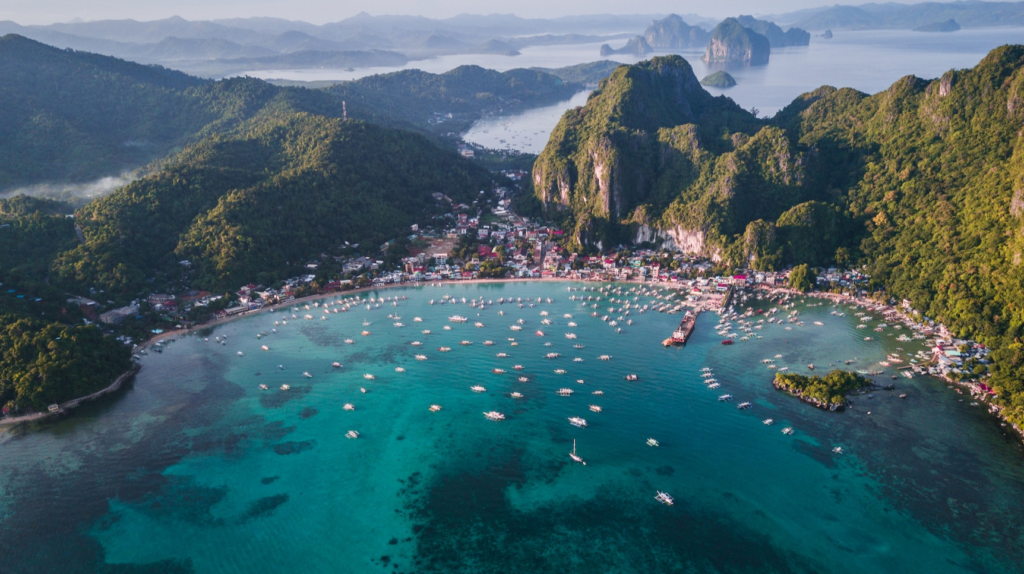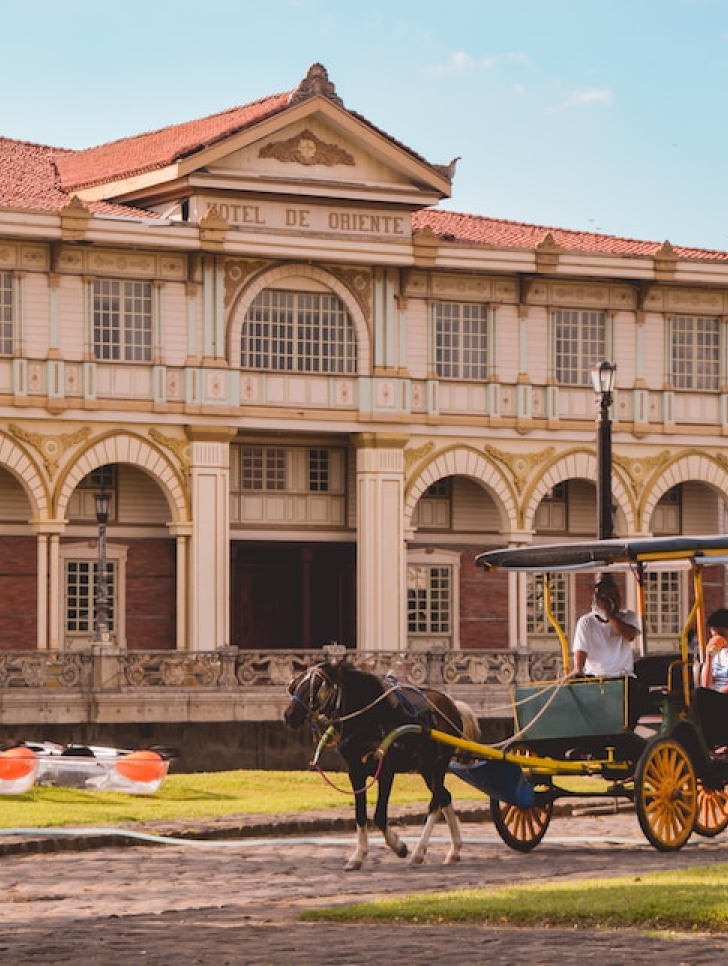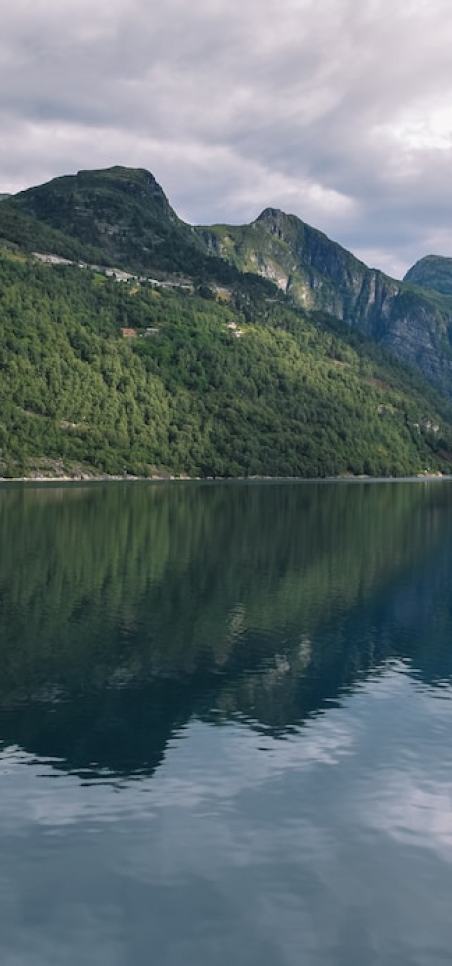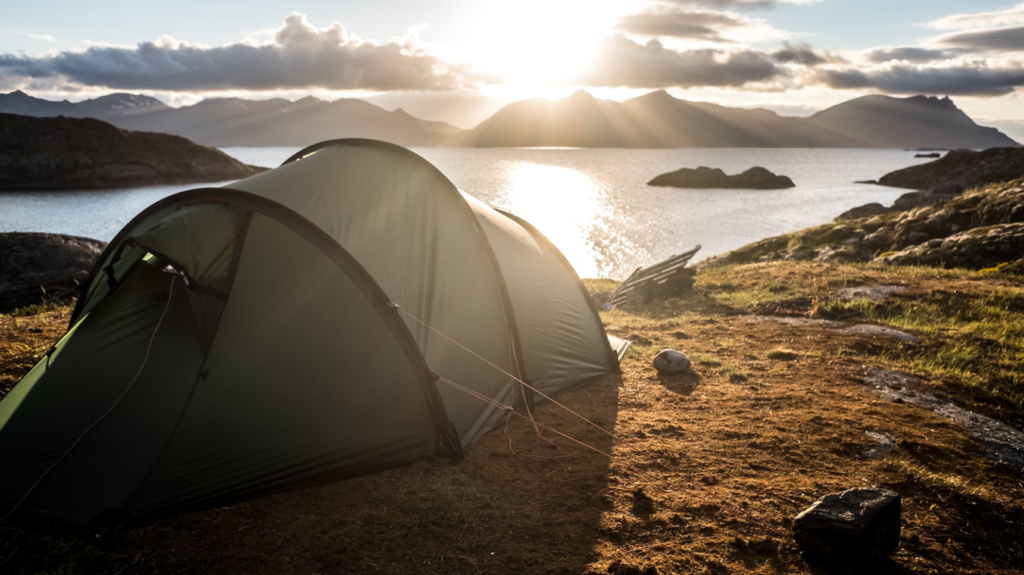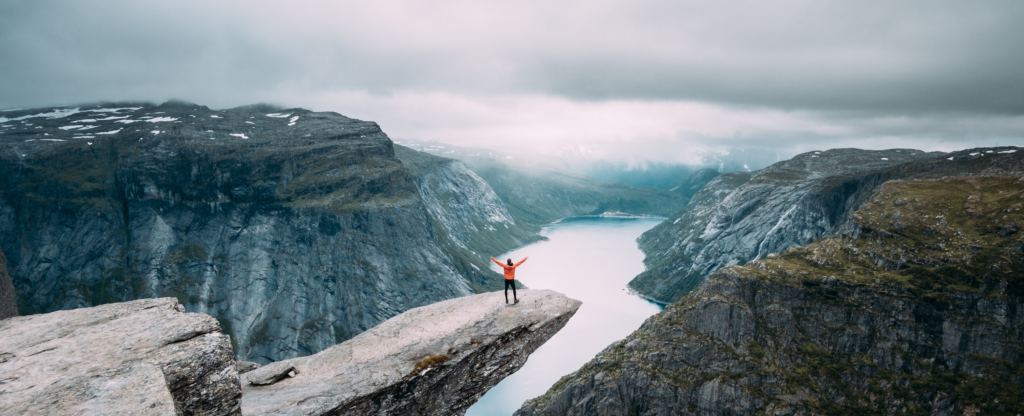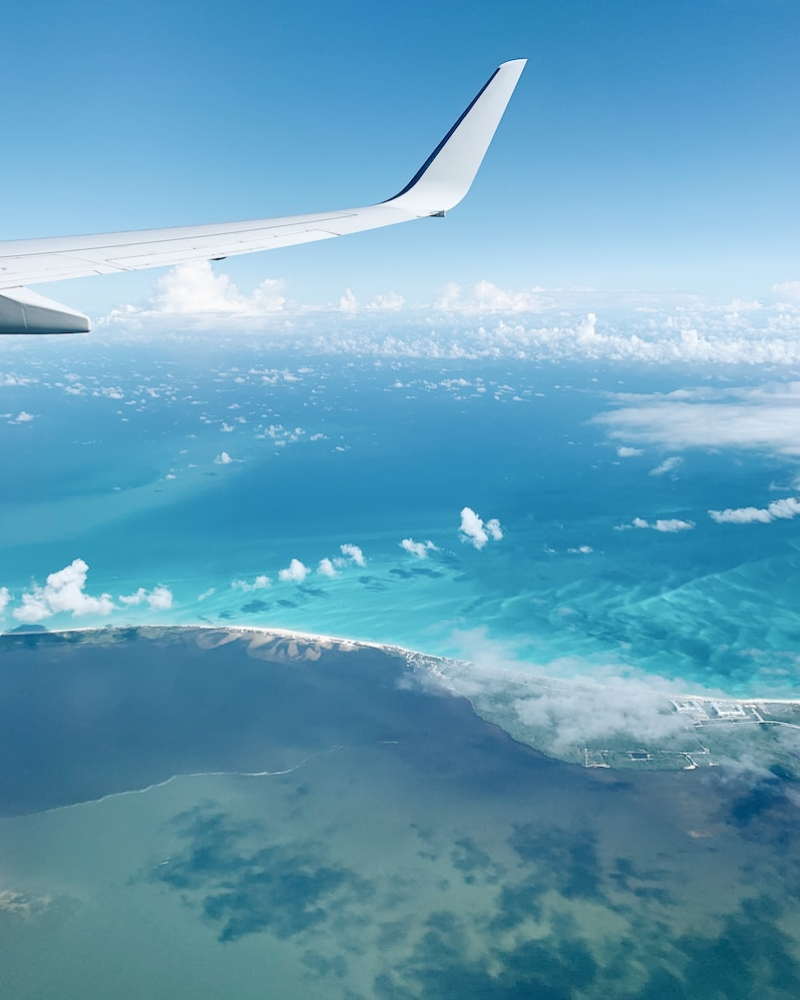Breathtaking Nature – Serene Fjords – Rich History – Excitement – Breath taking Nature – Wonderment
النرويج

Breathtaking Nature, Serene Fjords, Rich History, Excitement, Breath taking Nature & Wonderment
It is hard to look at photos of Norway without being amazed by the beautiful nature and rich historical places – it’s truly like no other Scandinaviand country. Norway is the land of fjords, quaint coastal towns, the Northern Lights, Vikings, trolls, dramatic photo spots, scenic drives and some of the best hiking in the world.
Whether you are coming here to relax around the mesmerizing fjords, go on an epic hiking adventure, or travel to the Arctic Circle, Norway will not disappoint.
learn more about our consultations
Are you ready to dive in to the land of the Vikings?
Are you dreaming of visiting Norway one day? Perhaps you’ve already booked a flight and have begun planning the trip. Regardless of where you are in the process, here are some things you should know before visiting Norway:
When to visit?
The best time visit Norway is summer (June-August). It promises long, light days and warmer temperatures – but no guarantee of heat, even if it won’t be cold
What to see?
Local attractions: These are our favourite places and hidden gems throughout Norway.
The distance of the Kjeragbolten hike is 12 km with 570 meters of climbing.
Allow 6 to 8 hours to make the entire journey, round trip.
It towers 604 metres above the Lysefjord, and the trek there is one of Norway’s most famous mountain hikes. The interest in Preikestolen is high, with more than 300,000 nature-loving hikers visiting the renowned rock formation every year.
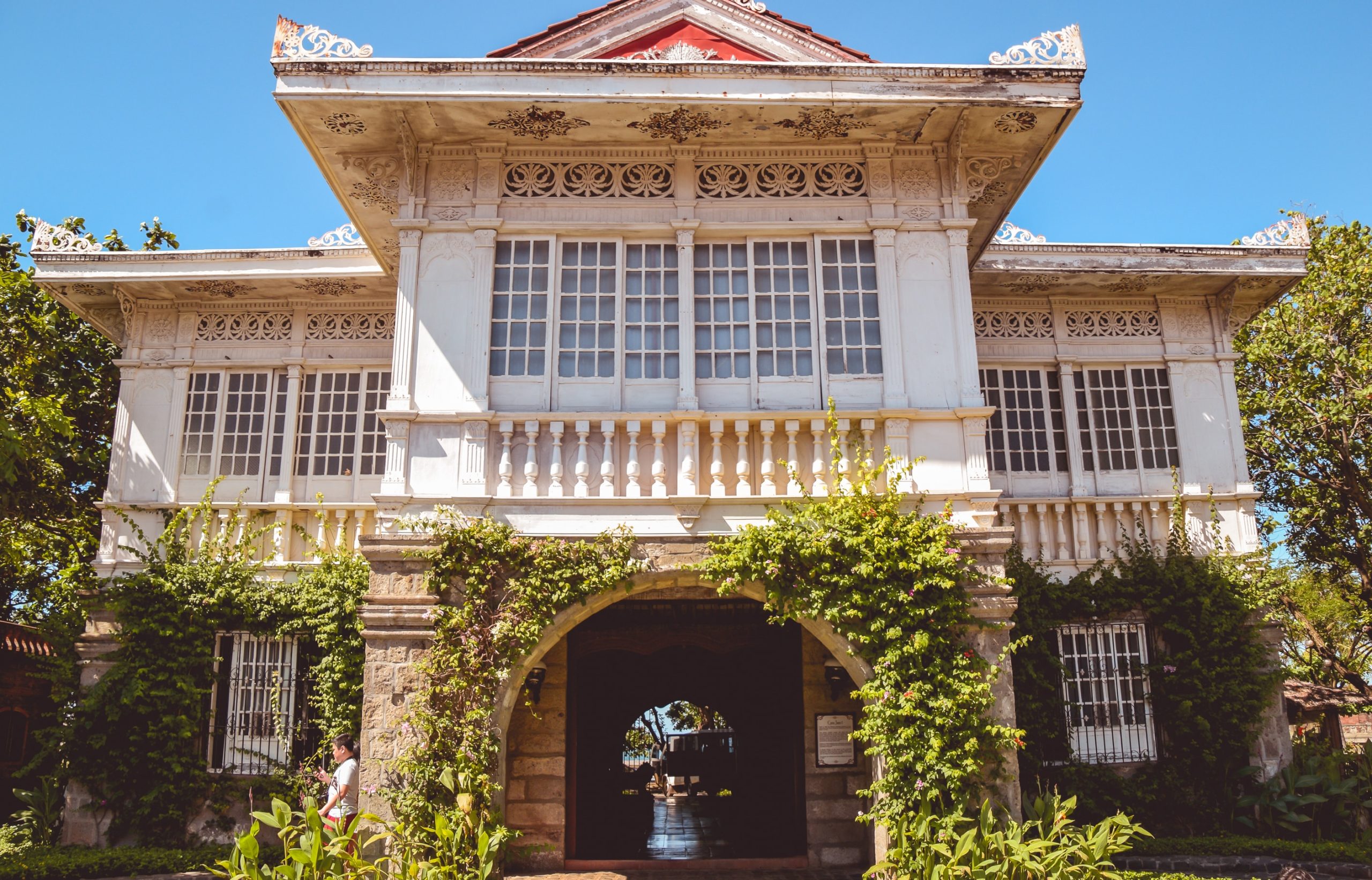
How about the accommodation?
Inevitably, accommodation is one of the major expenses you will incur on a trip to Norway.
If you’re after a degree of comfort, it’s going to be the most costly part of your trip by far. There are, however, budget alternatives, principally guesthouses (pensjonater), rooms in private houses (broadly this is bed and breakfast, often arranged via the local tourist office), campsites and cabins and last but certainly not least, an abundance of HI-registered hostels.
ways to get around
If you are looking to sightsee and travel at your own pace, the most ideal mode of transport is by car. It’s worth considering taking to the air if you have a lot of ground to cover in a limited time. Norway’s main cities are also well connected by trains and buses which will allow you to see beautiful landscapes. However there are other means to travel in Norway and below are some options you might want to consider.
Domestic Flights
There are more than 50 airports in Norway serviced through regular routes, making even remote places such as the Lofoten Islands, the North Cape and Spitsbergen easily accessible by plane.
Train
In Norway, the railway lines stretch for more than 3,000 kilometres. Many of the routes go through scenic countryside, with panoramic views of suburbs, mountains, lakes and fjords.
Ferries
Express boats and car ferries sail up and down the coast in sheltered waters and across open seas to towns, villages, and islands large and small. In some cases, they can save you a lot of time.
Buses
For short distances, bus is a relatively cheap transport option. You will find bus stations and public transport centres for detailed information. Travel cards are also available in some towns/cities.
Taxi
Although more expensive, you can take a taxi at the many taxi ranks throughout the cities and towns. You can also stop a taxi on the street or simply phone for one.
Car Hire
To experience the country, car rental is one of the best ways. You will find various companies in Norway offering car hire packages to buy. The scenic coastal highways and zig zagging mountain roads will make your trip unforgettable.
ways to get around
If you are looking to sightsee and travel at your own pace, the most ideal mode of transport is by car. It’s worth considering taking to the air if you have a lot of ground to cover in a limited time. Norway’s main cities are also well connected by trains and buses which will allow you to see beautiful landscapes. However there are other means to travel in Norway and below are some options you might want to consider.
travel tips
Here’s what you should and shouldn’t do in the Norway:
- Despite the fact that Norway is considered one of the safest nations in the world ranking in at number 17! there are still some things you should keep in mind when travelling there.Pickpockets: Pickpockets are still a concern in places like Oslo, particularly in and around railway stations and on public transportation.Female solo travellers: Females should feel secure here. However, the usual safety measures should be taken into consideration Yet it’s doubtful that anything will happen.
Hiking: If you go hiking, always bring water and sunscreen and also be sure to check the weather before you go.
Car rental: If you decide to rent a car, don’t leave any valuables in it overnight. While break-ins are rare, it’s better to be safe than sorry.
Despite the fact that Norway is considered one of the safest nations in the world ranking in at number 17! there are still some things you should keep in mind when travelling there.
Do's
Female solo travellers: Females should feel secure here. However, the usual safety measures should be taken into consideration Yet it’s doubtful that anything will happen.
Hiking: If you go hiking, always bring water and sunscreen and also be sure to check the weather before you go.
Dont's
Car rental: If you decide to rent a car, don’t leave any valuables in it overnight. While break-ins are rare, it’s better to be safe than sorry.
UPCOMING ADVENTURE
Discover The Philippines through one of our adventures or book your own

